Emergency! Be Ready For Any Weather Calamity
You don’t have to be a prepper to take precautions against foul weather. Photographers have special needs when Nature is on the warpath. Here’s a 10-point equipment checklist that may save your bacon when the forecast calls for imminent disaster.
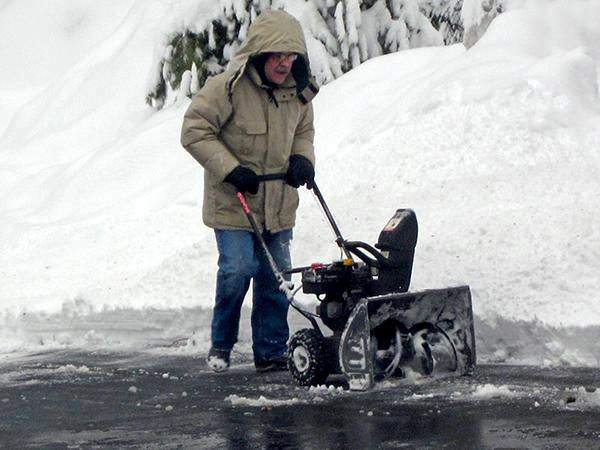
To be clear, we’re not talking global apocalypse, we’re more concerned about the weather misadventures that are very likely to plague us all. There are no lifesaving tips here, rather some suggestions to keep you clicking while the foul weather bomb is ticking—we’re talking power outages, paralyzing snowstorms and flash floods. Earthquakes and tornados, too.
And if any of this seems over the top, remember that an ounce of preparation is more important that a ton of response.
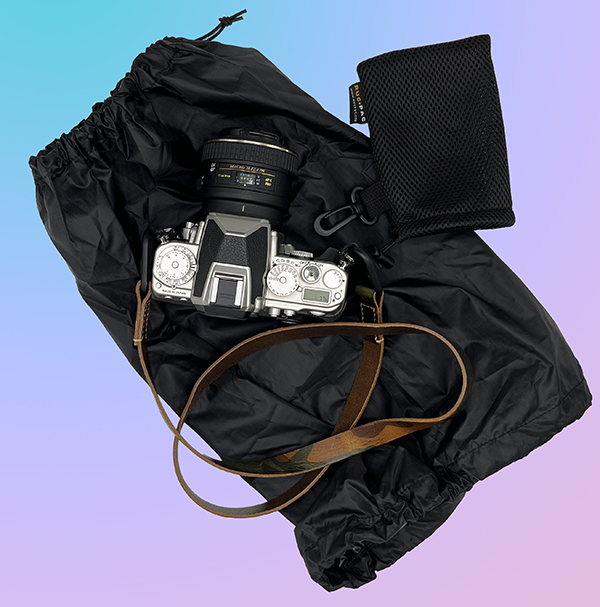
Weather Protection for Camera & Lens
The Ruc-Pac Camera Rain Cover (our review here) is designed to protect your camera with lens attached while you’re using it. It’s available in three sizes as follows: Small is for setups where camera plus lens hood total length is between 2.0 and 7.9 inches (5-20cm), Medium for 7.9 to 13.8 inches (20-35cm), and Large fits 13.8 to 19.6 inches (35-50cm). Small enough to hide easily in your camera bag until you need it, it’s indispensable on rainy days and worth its weight in red diamonds when you encounter unforeseen weather catastrophes.
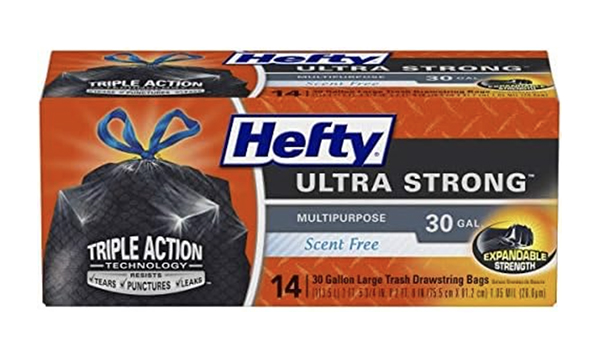 30-gallon Hefty Garbage Bags
30-gallon Hefty Garbage Bags
Truly the Swiss Army knife of plastic sacks, the 30-gallon Hefty bag will forever be in my everyday camera bag, emergency preparedness kit and in the glove box in my car. Use them as an impromptu rain coat, head cover, ground cloth or camera gear protector, ounce for ounce a Hefty bag is the best protection you can buy.
For a multitude of personal uses I buy the Ultra Strong Hefty Bags on Amazon for $17.98 for 50 bags, about 36¢ per piece, and keep half in the trunk of my car and the other half at the ready for emergency deployment. I’m sure other brands are suitable for these circumstances, and some might even be thicker or better. But Hefty has never let me down and I recommend them highly.
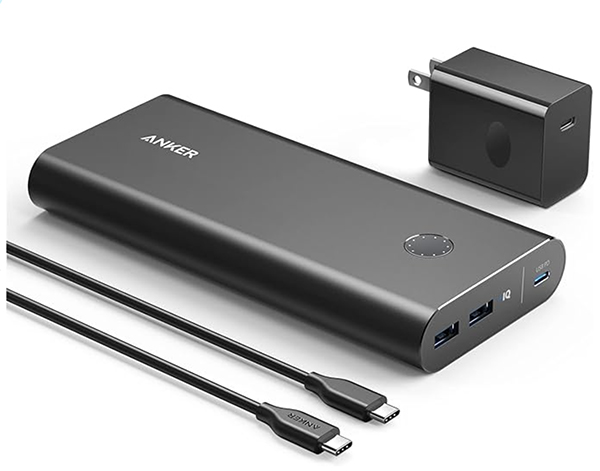
Powerbank & Extra Battery
Keep your cellphone, camera and even laptop running when the main power fails by using a battery bank like the Anker PowerCore+ available from Amazon for $79. With its 26800mAh cell capacity you can charge your iPhone X compatible device six times, your Galaxy S9 compatible device 5+ times, or provide a full charge to a 13-inch MacBook Pro or a Dell XPS 13 compatible laptop.
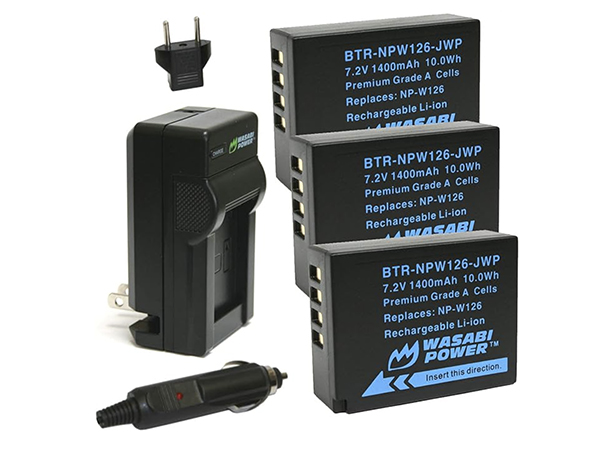
Don’t forget a freshly-charged spare battery for your primary camera. You should have one or more on hand anyway, preferably more, but dedicate one for emergency purposes, and keep it charged. I prefer to use batteries offered by camera manufactures, but if you opt for aftermarket flavors, take a close look at Wasabi. I’ve used them for years with no complaints.
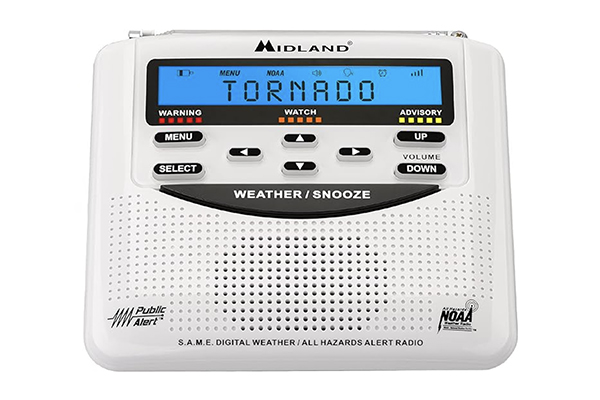
NOAA Weather Radio
The NOAA Weather Radio system continuously transmits local and regional weather information. This is a great resource when things are good, and it becomes a priceless source of accurate, up to the minute info during disasters. They use a range of frequencies clustered around 162.550 MHz. The exact frequency for your area can be found on their website. Since regular AM-FM radios cannot be tuned to this spectrum, you need a weather radio or police scanner. NOAA transmits an emergency tone that wakes up some specially equipped radios, so if you live in a tornado prone area, consider a receiver that offers this feature. Some models offer AM, FM and NOAA weather broadcasts, a built-in LED flashlight, USB charger output and a hand crank and/or solar panel for battery-free operation. In a pinch you can charge your phone even under the worst conditions.
Check out the Midland – WR120B, available from Amazon for just $34.
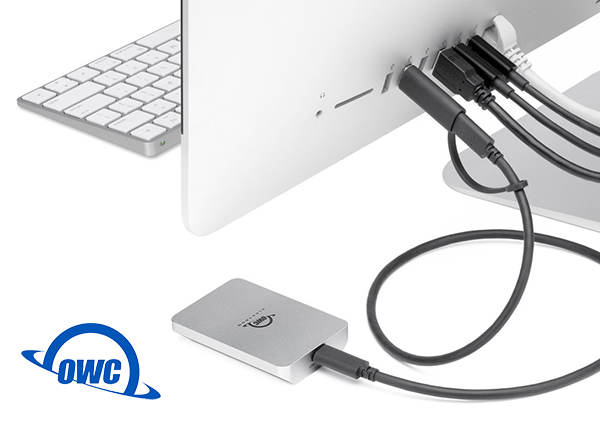
‘Grab and Go’ External Drive
In the past I’ve recommended Lacie Rugged drives because of their reliability, compact size and easy-to-find orange outer shell. They’re still superb for this role, but nowadays I prefer the Envoy Pro Elektron external drive from OWC because it’s very small—just 3.0 x 2.0 x 0.5 inches W x L x H (5.2 x 7.6 x 1.2 cm)—and weighs but 85 grams, or 3 ounces. And it’s very durable—it’s a Solid State Drive (SSD) so there’s no spinning media to crash, plus it’s bus-powered (does not require an external power supply). It’s available in 1TB and 2TB capacities and is the perfect platform to slip into any emergency exit plan. The OWC Envoy Pro Elektron 1TB size will store about 41 hours of GoPro 4k video, for example. Of course, you can store other files, like 250,000 standard quality songs (38,000 high-quality songs) or roughly 200 high-def movies. Read our full review here.
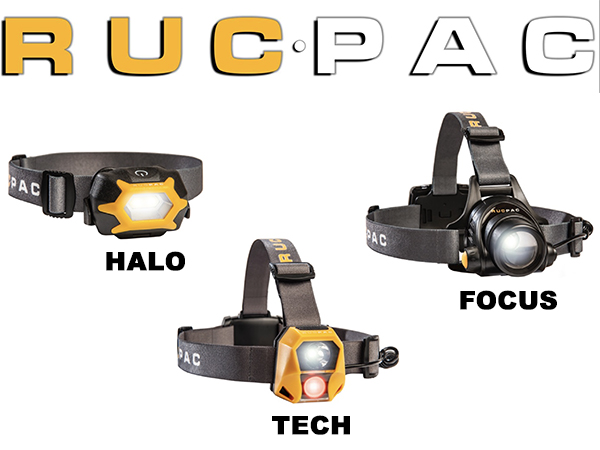
Headlamp
If you’ve ever had to change a tire in the dark, you’ll be very happy you keep a headlamp in your car. I prefer the RucPac Halo because it’s inexpensive, comfortable and more than adequate for any job requiring handsfree lighting. Altogether, Ruc-Pac offers three high-quality, impact and weather-resistant headlamps. The Focus model has a maximum output of 1000 lumens and features a focusable beam. It runs on 4 AA-size batteries for 6 to 24 hours depending on use. It tips the scale at 200 grams (7 ounces). The RucPac Tech headlamp delivers 300 lumens and includes a red light to preserve night vision. It operates on 3 AAA-size batteries and weighs just 100 grams (3.5 ounces). The light-weight Halo, my personal favorite, pushes out 200 lumens and weight but 50 grams (1.8 ounces). The Halo is affordable ($39 at B&H). I keep one in my Bug Out Bag and one within arm’s reach while I work. Hey—you never know when you might need a little ad hoc illumination.
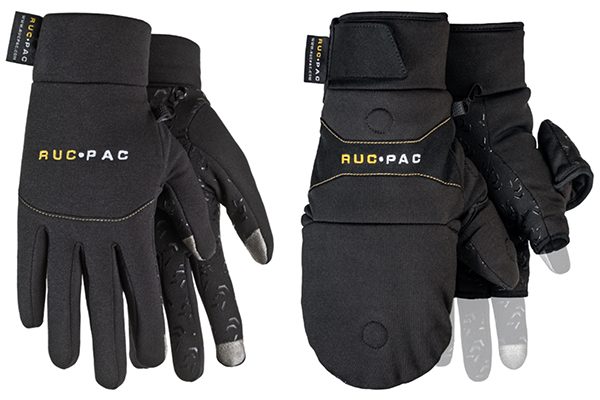
Gloves, Touch-Compatible Required
What you need depends on where you live and what you may encounter. Miami residents may skip by with post-pandemic surplus non-Latex surgical gloves, while those of us on the frequently frigid East Coast need significantly more. My former favorites were woolen gloves with exposed fingers, but after a few bouts with winter storms I’ve opted for full-fingered gloves with capacitance touch capability. In this category, my preference over the past several years are Ruc-Pac brand.
Depending on the season, I’ll go with RucPac Professional Tech or Extreme Tech Gloves. They’re perfect for photographers (including smartphone photographers) because they are designed for comfortable operation of tech equipment. They are touchscreen compatible and communicate sensory feedback. Both versions feature rubberized palms for better gripping and weather resistance. You can order RucPac Professional Tech gloves from Amazon in small, medium or large size.
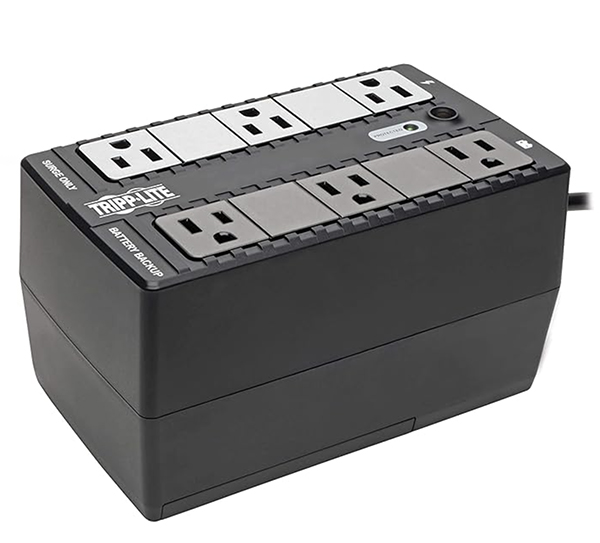
UPS (Uninterruptable Power Supply)
If you plan to weather the storm, you need a UPS. Even if you flee, you need to save your work when the power abruptly fizzles. In other words, you need a UPS regardless.
If you have a laptop computer with a built-in battery, you’re ahead of the game when the lights go out because you can still work for somewhere between one and 10 hours, depending on the brand of PC you drive. But if you use a desktop, everything suddenly stops—whether you’ve saved your work or not—when something cuts the juice.
A UPS, or Uninterruptable Power Supply, sits like a cat ready to pounce the instant it senses that your computer is no longer being fed from the main current. Some UPS units allow you to work for a long period of time, and some barely give you enough time to hit Control-S to save and then safely power down.
The Tripp Lite UPS 350VA costs $69 at Amazon and offers six outlets, a $100,000 insurance guarantee and a 3-year USA Limited Warranty. Its batteries are user-replaceable and it also provides potent surge protection.
Keep in mind that the batteries inside a UPS do not last forever; their storage capacity declines with age. So it’s advisable to stop working shortly after the UPS takes over and—even more important—remember to replace the unit (or just the battery if possible) as per the manufacture’s recommendations.
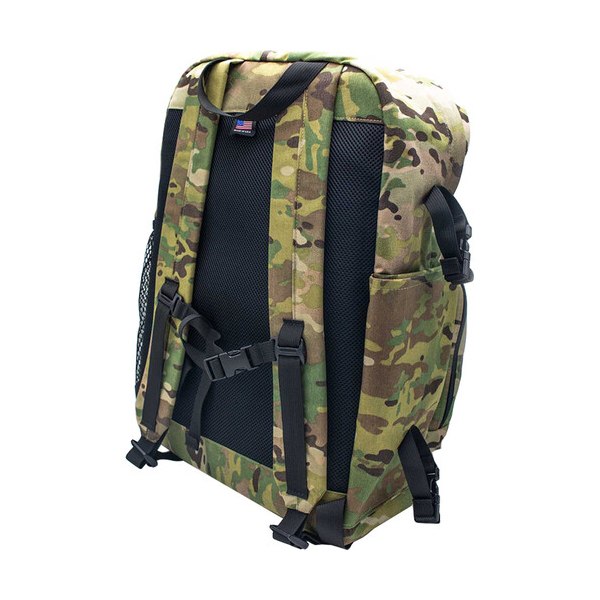
A Bag To Put It All In
A weatherproof bag is obviously a must. Don’t be tempted to use a backpack that’s overly large because it will be too difficult to carry comfortably for more than a minute. You can probably use a bag you already own, if not, take a quick look at How to Buy a Camera Bag where you’ll find our 10-point checklist of characteristics that helps you decide the best bag for your specific needs.
Bug Out Bag
Webster writes that “Bug out” means: “to depart especially in a hurry.” Originally a military term, bugging out is what one does before their position is overrun. Sometimes confused with retreat, it’s actually about survival. It’s doubtful we’ll ever encounter a Mad Max type situation, but the world is becoming less predictable day by day.
In this context, a Bug Out Bag is simply a backpack or sling that contains things you’ll be glad you packed if the really bad stuff brutally hits the fan. Pack the obvious: medicine needed by you and family members, water, ready-to-eat food, flashlight, candles, knife, first aid kit and an extra pair of glasses. Exact contents varies with the individual; think extreme camping trip and you’ll quickly come up with an inventory.
How much do you need? How long do you plan to survive if the infrastructure of civilization crumbles?
—Jon Sienkiewicz
(As an Amazon Associate, Shutterbug earns from qualifying purchases linked in this story.)





